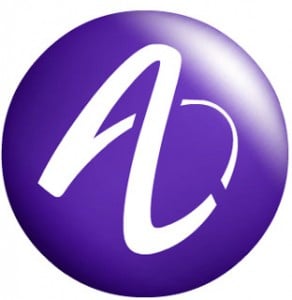 Alcatel-Lucent the leading telecom Infra solutions provider, today announced the introduction of a new radio module, based on software defined radio (SDR) technology, that gives mobile service providers the flexibility to support any mix of 2G GSM, 3G W-CDMA/HSPA+ and long term evolution (LTE) mobile and data services simultaneously. In addition to supporting new deployments today, this capability can be introduced in more than 700,000 Alcatel-Lucent base stations already deployed by service providers worldwide, offering a seamless, cost-effective way for operators to introduce the latest generation of technologies at their own pace while continuing to support their existing customers.
Alcatel-Lucent the leading telecom Infra solutions provider, today announced the introduction of a new radio module, based on software defined radio (SDR) technology, that gives mobile service providers the flexibility to support any mix of 2G GSM, 3G W-CDMA/HSPA+ and long term evolution (LTE) mobile and data services simultaneously. In addition to supporting new deployments today, this capability can be introduced in more than 700,000 Alcatel-Lucent base stations already deployed by service providers worldwide, offering a seamless, cost-effective way for operators to introduce the latest generation of technologies at their own pace while continuing to support their existing customers.
Presently Alcatel-Lucent providing the 3G W-CDMA/HSPA+ BTS and Infrastructure to Mahanagar Telephone Nigam Ltd (MTNL) in India.
The new converged radio module, called the MC-TRX, is a key building block of Alcatel-Lucent’s Converged RAN (radio access network) portfolio, which is geared toward increasing the capacity and the coverage of all networks while minimizing the overall total cost of ownership (TCO) for operators. This product is available for operators worldwide and has already been selected by tier 1 mobile service providers.
“With multiple spectrum options and technology options before them, operators need to make CapEx containment a priority as they plan their network launches,” said Peter Jarich, Service Director with Current Analysis. “To that end, network infrastructure that supports spectrum and technology evolutions along with the carrier capacity to execute on these evolutions is a must.”
With the explosion of mobile data traffic that is underway today, service providers face a variety of technical and operational challenges as they seek to increase their wireless network capacity and transform their networks toward end-to-end IP. This new converged radio module elegantly addresses these needs by giving mobile service providers the ability to “re-farm” their 900 or 1800 MHz spectrum -- currently used to provide 2G GSM services -- by introducing more advanced W-CDMA/HSPA+ or LTE services through simple software activation. This process can be managed dynamically -- if the majority of wireless subscribers on the network are using GSM, the module will be configured in GSM mode. As more subscribers move toward W-CDMA or LTE the module can shift the relative mix of technology to allocate more power and carriers to W-CDMA or LTE.















